| #80 | VTech Socrates (1988) |
|||||
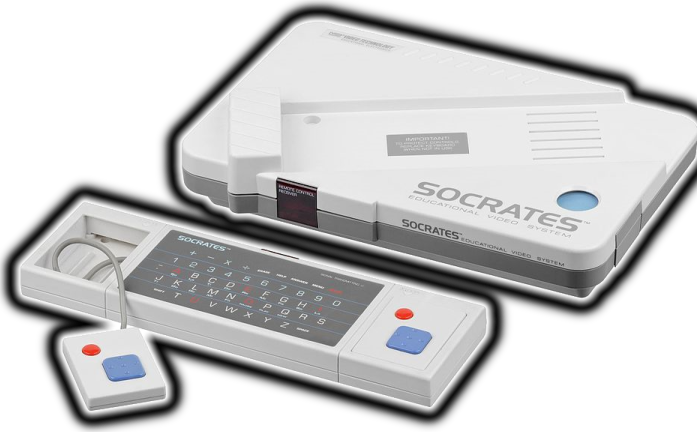 |
||||||
Yet another VTech console on the list! The Socrates would be their first foray into the edutainment market, which they would stick with for their next two consoles the V.Smile and V.Flash. Like the consoles that followed, the Socrates was a fairly limited machine by the standards of the day, it was colourful but quite slow and had somewhat basic games, things like word searches and maze games and the like, but at least here I think V-Tech did try to do a little more with the console. The Socrates had a friendly robot mascot who would help with the games who was kind of like the NES's Rob the Robot, or Johnny 5 from Short Circuit, which was a nice touch. The controller was wireless, and there were a bunch of different accessories too such as a touch tablet for art, and a voice module that allowed the console to talk to its young owner. Probably the most unique of V-Tech's Edutainment machines. |
||||||
| ------------------------------------------------------------------------------------------------------------ | ||||||
| #79 | Super A'Can (1995) |
|||||
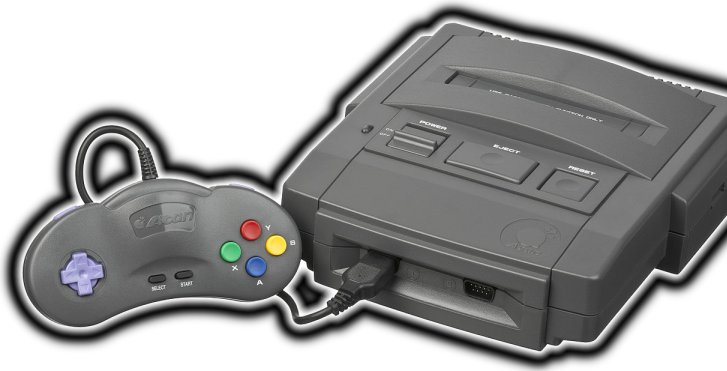 |
||||||
Have you ever wished that instead of being a blue hedgehog, Sonic had been a poorly drawn delinquent-looking kid with a baseball bat? Well I've got the console for you! This Taiwanese system clearly modeled on the US version of the SNES and its control pad came out in 1995. It was underpowered for the time, being completely crushed by the earlier PS1, Saturn, and even Jaguar, it wasn't actually that cheap, and there were only about 12 games made for it, none of which were particularly unique or original truth be told. The machine lost a lot of money for its manufacturer and was quickly discontinued. |
||||||
| ------------------------------------------------------------------------------------------------------------ | ||||||
| #78 | Amstrad GX4000 (1990) |
|||||
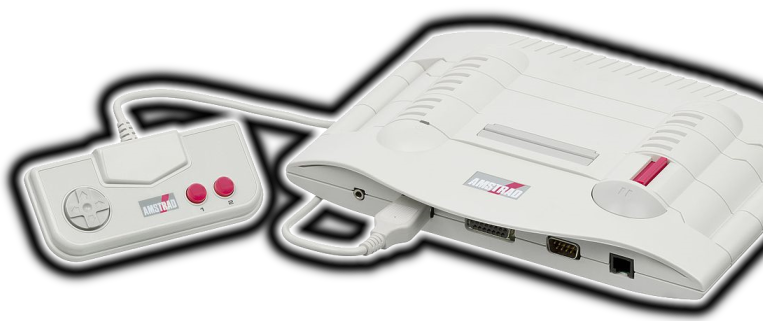 |
||||||
This was a British console made by the company Amstrad, who had some success in western Europe with their 8-bit computer line. The console was based on a new design which upgraded the earlier computer design with hardware sprites and better scrolling and audio support, this tech was launched in both the new Amstrad PLUS computer range and the GX4000 console concurrently in 1990. Unfortunately the GX4000 was an incredibly poorly thought out product, Amstrad had decided to attempt to jump on the 8-bit console bandwagon far too late, they were chiefly aiming to compete with the Sega Master System at a time when the Mega Drive was about to be launched here! Even as a budget machine it really didn't work out either. Whilst it was a new console being sold in the same price bracket as the Master System, the hardware actually still had tradeoffs with the now 5 year old console anyway, with issues with multiplexing its sprites and a low native resolution, and the Master System had had years to grow its software library to a significant size by this stage too. Even if all these disadvantages didn't exist the GX4000 still would've struggled though as software support for the machine was very lackluster. There were almost no worthwhile games on it at all, with most of them being rushed ports of titles from the old Amstrad computers which used none, or very few of the new hardware features. These games were woefully inadequate by the standards of 1990. Nowadays most of the more decent-ish games cost a fortune, and even then some of those games, like Switchblade for example, seem to have been released in a partially unfinished state. Amstrad totally misjudged the market and the console really was doomed from the start, we didn't even get to see what the weak hardware could do! Thankfully this at least is being somewhat rectified now as recently there's been an announcement that someone is porting the 8-bit Sonic the Hedgehog game to the system, and its been great to see more of what the system could do. |
||||||
| ------------------------------------------------------------------------------------------------------------ | ||||||
| #77 | Commodore GS (1990) |
|||||
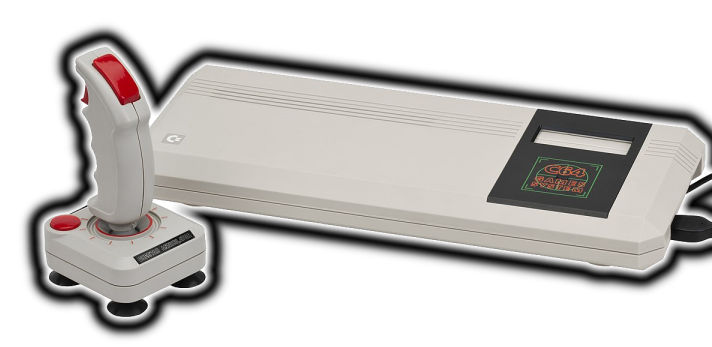 |
||||||
Eight years after the popular Commodore 64 computer had been released it was someone's bright idea to repurpose it and sell it as a new cartridge based console.. In 1990, which was the same year the Mega Drive hit Britain. By this stage the machine had become technically redundant, being weaker even than the NES in a number of aspects. At least. you may say, it had access to a big oven-ready library of computer games... nope, this actually had quite low compatibility with the computer, heck, it somehow managed to have low compatibility with its own dedicated games, with some asking the player to press "T" to start, on a console with no keyboard! Unsurprisingly the machine died with little fanfare, at least some 3rd parties put out compilation carts of some of their classics, with the 3D title Stunt Car Racer still managing to retain a little of its impressiveness, so there was still a very small measure of fun to be had with the console. |
||||||
| ------------------------------------------------------------------------------------------------------------ | ||||||
| #76 | Philips Videopac G7400 (1983) |
|||||
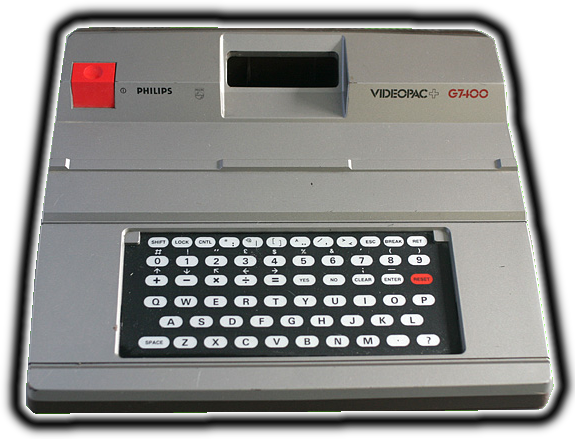 |
||||||
Pretty much the Magnavox Odyssey 3 in all but name. This was never released outside of Europe, where it was named the Videopac G7400, (as the Odyssey 2 was called the Videopac G7000 here). The original Odyssey had actually been the first ever home console, and the second one, whilst completely dwarfed by the Atari 2600 had been a decent competitor, so I was interested to find out how the third one would stack up to its forebears. The answer was not very well. Its basically an Odyssey 2 except now with a new high resolution background. As such it did have full backwards compatibility with the Odyssey 2's library, and some of the games were even "enhanced" when played on the G7400 with the additional hires background now being used, but actually a lot of the time the new backgrounds were messy and made it harder to see what was going on!. There were a few games made specifically for the hardware that would not run on the Odyssey 2 but unfortunately they were few and far between. We've seen a little bit more of what the hardware could do in more recent times through the effort of Homebrewers, who've brought out new games for the Odyssey 2 that support the G7400 too, such as the Mage games which run with enhancements. All in all a very half-assed and disappointing swansong to the line to be honest. |
||||||
| ---------------------------------------------------------------------------------------------------------------------- | ||||||
| ---------------------------------------------------------------------------------------------------------------------- | ||||||
| #75 | VideoMaster Star Chess (1979) |
|||||
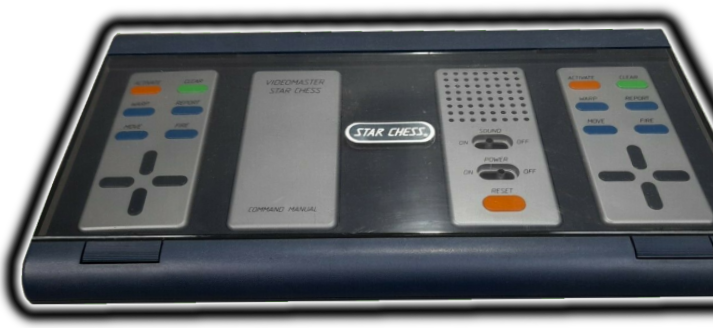 |
||||||
Videomaster Star Chess was a 1st gen style console that was dedicated to just playing the eponymous game of Star Chess, and only in 2 players as well as the game had no AI opponent. You may think from the name that this is just Chess but you'd actually be wrong, its perhaps more akin to dice-rolling tabletop war games, there's a number of random chance elements to the game play that the console works out for the players. Its a deep enough game to keep the player interested in over a length of time and I think the console has a great design, but really this was a bit too late and pricey for the 1st generation. Surprisingly the game seems to have also been ported to the Emerson Arcadia! |
||||||
| ------------------------------------------------------------------------------------------------------------ | ||||||
| #74 | RCA Studio II (1977) |
|||||
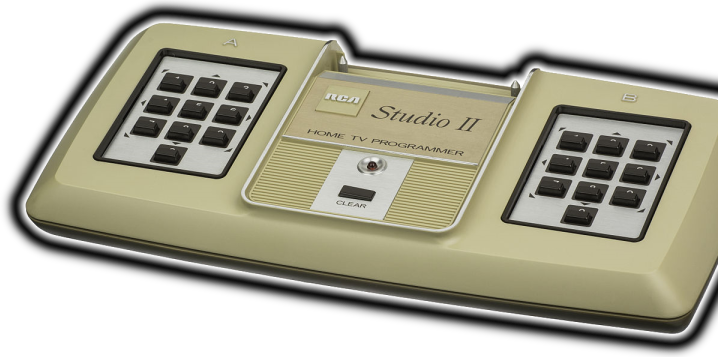 |
||||||
A console that is somewhat notorious for being underpowered and outdated at launch, the Studio II was a black and white 2nd generation system that was released shortly after the Fairchild Channel F (which had been in colour). As such though that makes it only the second ever machine to have used the revolutionary interchangeable ROM cartridges that allowed games to be swapped in and out, predating the 2600 by a few months. The console is admittedly bad, its a crude machine with few games and said games were still being controlled by a keypad on the machine itself (which was already a method that was being phased out in previous generation consoles!), but I think its perhaps not quite as bad as its often made out to be. It was at least quite a cheap machine in comparison to its competition and while the hardware is poor, had it come out just a couple years earlier it would've actually been pretty good, which is more than can be said for a lot of the other systems on this list. Even more unfortunate for the console's designers though is that it possibly could've been released two years earlier as reportedly by the time of release it had been sitting around for years! Initially RCA had designed it as an arcade machine in the mid 70s but after testing poorly in focus groups the idea had been scrapped, then later RCA had decided to repurpose it as a home console. Of course by this time it had become outshined and outdated by competitor's offerings. There wasn't much software support for the machine, but of late we've started to see some homebrew interest during the last few years, with people putting games like Pac-Man and Space Invaders on it. |
||||||
| ------------------------------------------------------------------------------------------------------------ | ||||||
| #73 | Apollo 80/Visicom-100 (1978) |
|||||
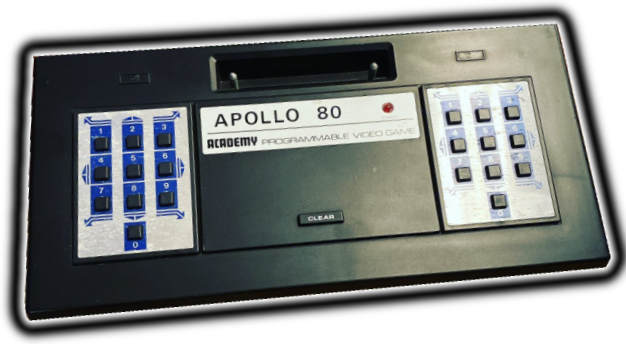 |
||||||
This console and its clone brothers are actually pretty much for all intents and purposes the RCA Studio III! Basically this is just the same as the previous console on the list, but now with colour capabilities and sound that comes out of the TV's speakers instead of the console itself. Essentially, after failing miserably with the RCA Studio II, RCA went back to the drawing board and did a quick revision of their console's hardware to give it the much needed colour capabilities that had become standard by that stage. However in the end they decided it was best not to release the hardware after all, and they cut their losses. The system ended up getting leased to a variety of different European and Japanese companies where it was released in their territories under a variety of different names. Some of the models, such as the Visicom-100 had another much-needed improvement in the form of separate controllers from the console, so users no longer had to sit with the Studio III on their lap in order to play games. Unfortunately most of the games are the same ones that were on the Studio II, just with simple colour additions, but a handful of new games were produced that did use its upgraded capabilities. |
||||||
| ------------------------------------------------------------------------------------------------------------ | ||||||
| #72 | Hasbro Ion (2006) |
|||||
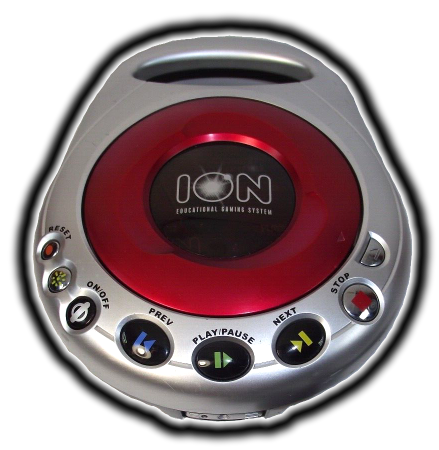 |
||||||
The Ion was an American-made motion-controlled console with an inbuilt camera that tracked the player's movement, it was essentially a consolised knock-off of the PS2's eyetoy peripheral, released 2 years later and with only 7 games, games which were mostly based on popular children's licenses. The console was worked on by staff from the gaming company Sculptured Software, It wasn't particularly noteworthy but it had some novelty entertainment value and wasn't that expensive. |
||||||
| ------------------------------------------------------------------------------------------------------------ | ||||||
| #71 | GoGo TV Game System (2005) |
|||||
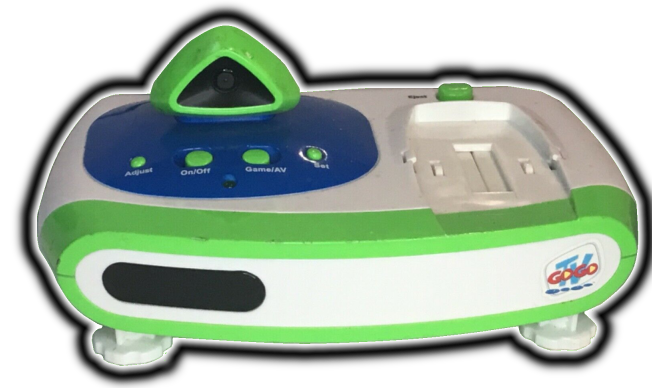 |
||||||
And here's another Eye Toy-style console from the same era. This is very similar to the Hasbro Ion but this was marketed as more of a games console, while the Ion was marketed more for educational software (truth be told though their libraries have a similar make-up of both). In comparison to the Ion though this one did however have a few more releases and also dipped its toes a little more into supporting Wii style motion controllers and such so I'd say it was definitely the better of the two. Eh, there are worse consoles out there. |
||||||
| ------------------------------------------------------------------------------------------------------------ | ||||||